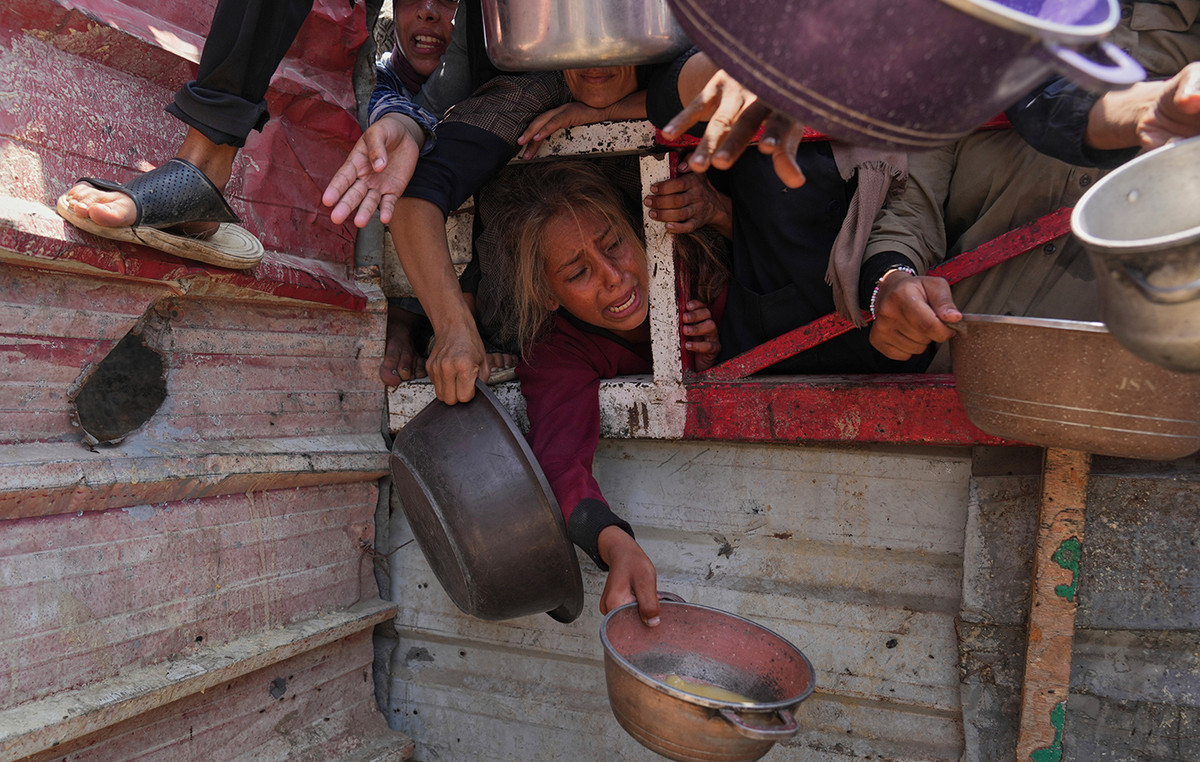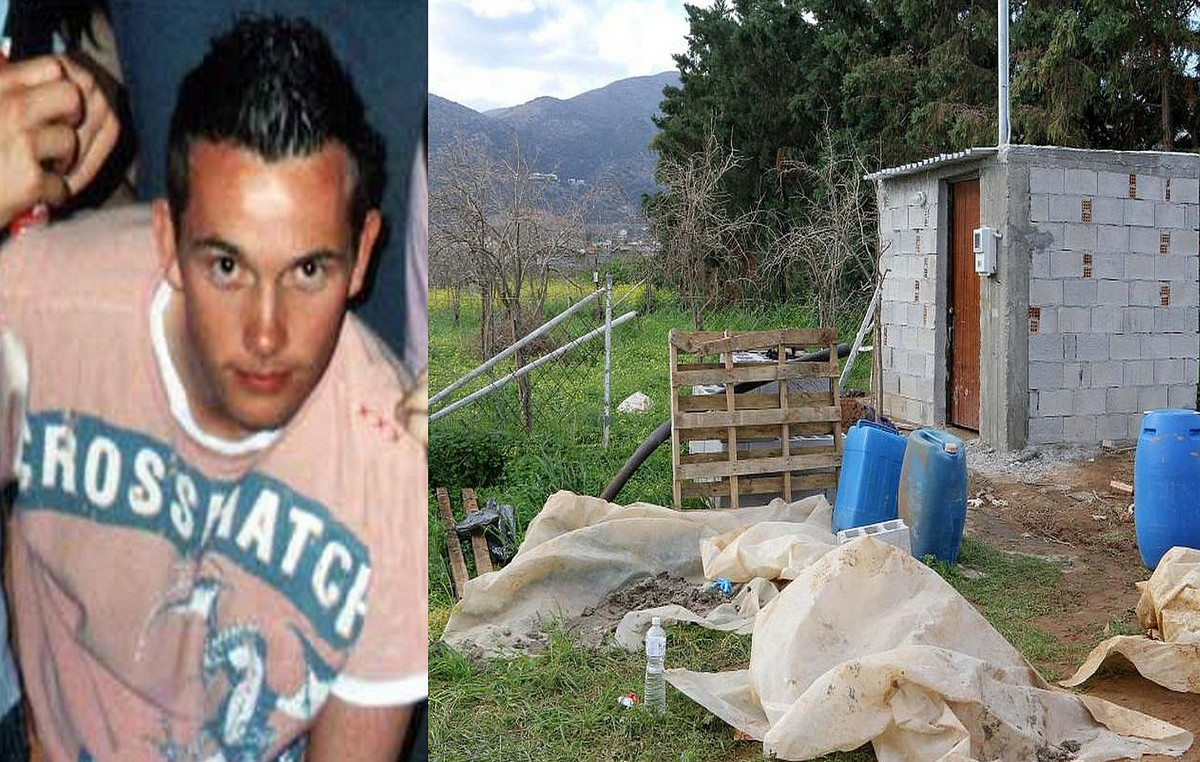This Tuesday (11), the National Electric System Operator (ONS) released new projections of the occupancy rate of the reservoirs of hydroelectric plants across the country for January.
In the Southeast/Midwest subsystem, where Minas Gerais is located, with large concentrations of rainfall, the projection is that the index will reach 40% by the end of the month, against 32.61% of the current level.
The Northeast, which suffered from floods, mainly in Bahia, has 64% and should reach 70.2%. In the North, the most supplied, with 76.69%, should show a loss and close January with 73.2%.
With high temperatures and forecast that the heat will remain in the coming days, with thermometers close to 40°C, the South subsystem is the one with the greatest scarcity. With the drought, the volume index of the basins should reach 34.8%.
According to meteorologist Wanderson Luiz Silva, a professor at UFRJ, the alternation between periods of drought and heavy rains is a natural phenomenon.
“This is part of the natural variability of the climate, we have some years with wetter summers and other years with drier summers. What makes the situation worse is when we have consecutive drier years”, he analyzes.
According to the expert, it is still too early to know whether the rains this summer will be enough to overcome the national water crisis.
“The ideal is for this rain to continue regular and well distributed over the main reservoirs in the Southeast region throughout this summer and even into the next one”, he concludes.
In a press conference for 2021, on December 15, Luiz Carlos Ciocchi, director general of the ONS, said that there is no risk of a blackout or energy rationing for 2022.
He pointed out that the forecast is that, at the end of the rainy season, the reservoirs will reach the dry season of 2022 with more water than there was in this same stage of 2021.
Although the scenario points to greater tranquility in relation to the country’s energy supply, the increase in the volume of reservoirs should not reflect directly on the consumer’s pocket.
The energy scarcity tariff flag remains in effect until April this year. In it, the consumer pays an additional R$ 14.20 for every 100 kWh (kilowatt-hour) consumed.
This is because, in order to maintain the recomposition of the reservoirs, it will still be necessary to activate the more expensive thermoelectric plants. Professor at Coppe/UFRJ and former president of the Energy Research Company (EPE), Maurício Tolmasquim explains why there is no cost reduction.
“Despite the big increases in the tariff flag last year, they were not enough to guarantee the payment of thermoelectric plants. So there is a deficit in the flag account. The flag of water scarcity will be in effect until April.
Part of this cost will be passed on to the consumer in the coming years, so this legacy remains”, says the specialist.
Part of these costs to which Tolmasquim refers have to do with the loans that have been negotiated for the distributors, to avoid such high increases in the tariff. For the ONS, the scenario of occupation of the basins is positive at the moment.
However, the agency states that it is still too early to end the water crisis. Specialists at the institution prefer that the analysis be carried out at the end of the wet season in the country, in April.
Reference: CNN Brasil
I am Sophia william, author of World Stock Market. I have a degree in journalism from the University of Missouri and I have worked as a reporter for several news websites. I have a passion for writing and informing people about the latest news and events happening in the world. I strive to be accurate and unbiased in my reporting, and I hope to provide readers with valuable information that they can use to make informed decisions.







